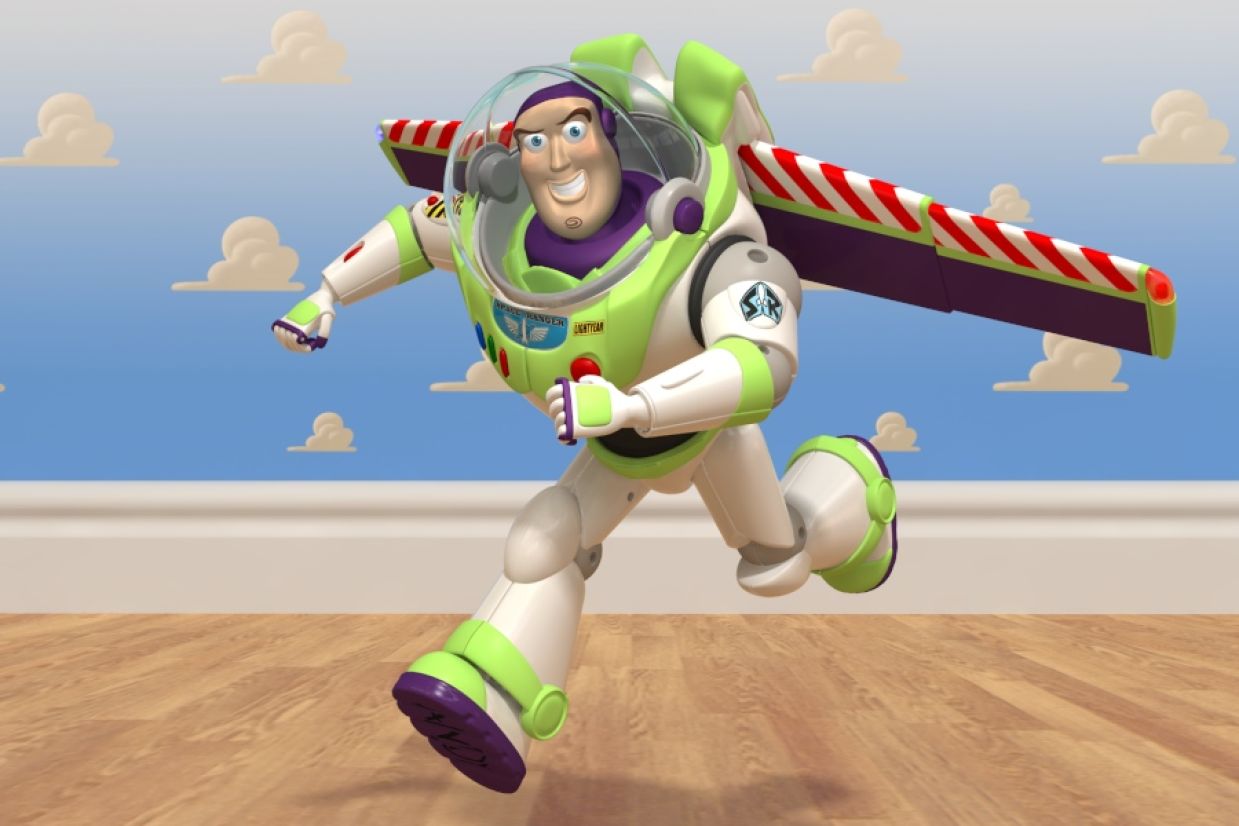

- LOST MATERIALS IN CHEETAH3D HOW TO
- LOST MATERIALS IN CHEETAH3D MAC OS X
- LOST MATERIALS IN CHEETAH3D UPDATE
- LOST MATERIALS IN CHEETAH3D TRIAL

A possible solution would to do what SketchUp does and export a material directory with the same name as the DAE file with the path in the DAE file pointing to this create material directory.
LOST MATERIALS IN CHEETAH3D HOW TO
I'm glad I had the prior knowledge to know how to fix this file path issue for DAE format, but a newbie may take hours trying to troubleshoot this kind of issue and it seems so needless.

Materials/textures then showed up correctly after loading the 3D model into Xcode scenekit. I loaded that directory including materials into Xcode scenekit, and manually changed the DAE file to the correct file path "LB90" being the directory name. I had a seperate file directory with correct filenames which SketchUp had previously created. I needed to load this file into Xcode scenekit with textures. However, when I did an export DAE from Cheetah the file was 3 times larger in size going from 35.7MB -> 109.7MBĭoes anyone have any background knowledge on why Cheetahs DAE exporter filesizes are so much larger?Ī directory for materials was not exported with the DAE file, and the material path pointed to the root directory of the DAE file. The textures/materials were loaded correctly by Cheetah import. In fact save and it actually rewrites the asset. Now instead of starting from scratch, use that as a basis - erase all the verts and start from scratch.
LOST MATERIALS IN CHEETAH3D TRIAL
If you don't have Cheetah3D, you can download a trial version, which should be enough for Unity to do the conversion on import.Today I tested importing a DAE file created by SketchUp software. a very useful trick is: just start with something in your Assets that has a trivial mesh (make it in Cheetah3D. That is, a particular version of Unity can work or fail, depending on the machine it's running on. These affect the mesh, its normals and imported materials.Settings are applied per asset on disk so if you need assets with different settings make (and rename accordingly) a duplicate file.
LOST MATERIALS IN CHEETAH3D MAC OS X
Cheetah3D 6.0 was released on 13 April 2012 and requires Mac OS X v10. Official video tutorials Cheetah3D for Beginners are currently available based on this version.
LOST MATERIALS IN CHEETAH3D UPDATE
However on a Mac with an older system, I was able to update the projects to 2018 perfectly, then open them up in 2018 on my machine. The Import Settings for a model file will be displayed in the Model tab of the FBX importer inspector when the model is selected. Features include a node-based material system, an improved render engine, new modelling tools such as a bevel tool and a bend modifier, and Collada file format support. On my machine, 2018 had LOTS of problems importing the older files. I had a related problem a while back when updating some projects from 2017 to 2018. I've been using Cheetah3D to make Unity models almost as long as Cheetah's been around, and this is something new starting with Unity 2020. And that it depends on both the version of Unity (2020 or later) and the version of macOS (in my case, 10.14). I think what it boils down to is that Cheetah exports an FBX format (don't know the FBX version) that Unity may or may not be able to import correctly. I've been trying a LOT of things (no success), and getting some suggestions on the Cheetah3D forum. Any suggestions?Īttached is a zip with the cube and texture (just a random PNG file and a Cheetah3D cube). My previous solution, updating from a different a version, is not an option this time. Same thing with FBX format, which makes me think this is a Unity issue, not Cheetah. I've recreated the model, and reimported many times with various settings. I've since updated the project to 2021.1.10, and the problems are still there. This project was created new in 2020.3.11. I had a similar problem a while back with textures rendering as solid colors in 2020.3.11:īut that occurred when updating a project from a previous Unity version. When I set the material's texture in the Inspector, it renders as a solid color. The imported material is missing its texture, same for Legacy External and Embedded material settings. There are two problems - this simple model, a cube with one material, (1) does not import correctly nor (2) does it render correctly. This has always worked for me in the past. I created a new project in 2020.3.11 and imported a model in Cheetah 3D 7.5.1 (.jas) format.


 0 kommentar(er)
0 kommentar(er)
